Sputtering
Vacuum Evaporation Recap
? Use high temperatures at high vacuum to evaporate (eject) atoms or molecules off a material surface.
? Use ballistic flow to transport them to a substrate and deposit.
? Film uniformity can be an issue.
? Alloy evaporation is very complicated and in most cases, not possible.
An Alternative Method
? Instead of using heat to eject material from a source, we can bombard them with high speed particles.
? The momentum transfer from the particles to the surface atoms can impart enough energy to allow the surface atoms to escape.
? Once ejected, these atoms (or molecules) can travel to a substrate and deposit as a film.
? There are several considerations here: – Creating, controlling and directing a high speed particle stream.
– Interaction of these particles with the source surface and emission yields.
– Deposition of the emitted atoms on the substrate and film quality.
Some Terminology
? Atomic particles can best be easily controlled by electromagnetic methods if they are charged. A weakly charged gas of particles that exhibit collective behavior is called a plasma.
? The source material is called the target and the emitted atoms or molecules are said to be sputtered off.
Sputtering
? So in sputtering, the target material and the substrate is placed in a vacuum chamber.
? A voltage is applied between them so that the target is the cathode and the substrate is attached to the anode.
? A plasma is created by ionizing a sputtering gas (generally a chemically inert, heavy gas like Argon).
? The sputtering gas bombards the target and sputters off the material we’d like to deposit.
Generating and Controlling the Plasma
? Ions can be generated by the collision of neutral atoms with high energy electrons.
? The interaction of the ions and the target are determined by the velocity and energy of the ions.
? Since ions are charged particles, electric and magnetic fields can control these parameters.
? The process begins with a stray electron near the cathode is accelerated towards the anode and collides with a neutral gas atom converting it to a positively charged ion.
? The process results in two electrons which can then collide with other gas atoms and ionize them creating a cascading process until the gas breaks down.
? The breakdown voltage depends on the pressure in the chamber and the distance between the anode and the cathode.
? At too low pressures, there aren’t enough collisions between atoms and electrons to sustain a plasma.
? At too high pressures, there so many collisions that electrons do not have enough time to gather energy between collisions to be able to ionize the atoms.
Glow Discharge Formation
? Initially the current (charge flow) is small. As charges multiply the current increases rapidly but the voltage, limited by supply, remains constant.
? Eventually, there are enough ions and charges for the plasma to be self-sustaining.
? Some of the electron-atom collisions will produce light instead of electrons and ions and the plasma will also glow accompanied by a voltage drop (normal glow)
? If the input power is increased further, the current density becomes uniform across the cathode and we’ll be in the abnormal discharge regime. This is where sputtering operates.
Plasma Pressures
? Unless there are enough collisions, the plasma will quickly die.
? In order to have a self-sustaining plasma, each electron has to generate enough secondary emission.
? Since we want collisions to occur, the pressure can not be too low. – The mean free path should be a tenth or less than the typical size of the chamber.
? Also, since we want the electrons to gain enough energy between collisions, the pressure can not be too high.
? This means discharge tube pressures around 10-1000 mTorr and plasma densities around 1010 – 1012 cm-3.
Ion-Surface Interactions
? When ions bombard a surface, several things can happen:
– Reflection
– Sticking (adsorption)
– Sputtering
– Ion implantation
– Chemical reactions
– Electron and photon emission
? The ion beam energy is the critical parameter.
– < 5 eV : Adsorption or reflection
– 5 - 10 eV : Surface damage and migration
– 10 - 3 keV : Sputtering
– > 10 keV : Ion implantation
How Ions Sputter Atoms
? When ions collide with surface atoms on the target, the energy transfer can knock some of these atoms off the surface.
? The key principle is energy and momentum conservation.
? In any collision, momentum is conserved.
? If the collision is elastic, kinetic energy is also conserved.
? The energies required for sputtering are much higher than lattice bonding or vibrational energies (which are the causes of inelastic interactions), therefore sputtering collisions can be considered elastic.
Deposition
? Sputtered atoms from the target make their way on to the substrate through diffusion.
? Ions and neutralized gas atoms may also embed on the substrate as impurities.
? The ions incident on the substrate may also re-sputter the surface.
? Chemical reactions may occur.
Deposition Rate
? It is proportional to the sputtering yield.
? An optimum pressure exists for high deposition rates.
– Higher pressure means more collisions and ions.
– Lower pressure means less scattering.
Alloy Composition Issues
? If a target is made up of several atoms with different sputtering yields, initial film composition can be off.
? However, sputtering yield variations are smaller compared to vapor pressure variations. Therefore the
initial layers of film will be more closely related to the target composition.
? Also, since temperatures are lower and melting is not an issue, diffusive homogenization at the substrate is less likely.
? Finally, any initial disparities will eventually correct themselves as the amount of the faster sputtering
component at the target reduces.
Compound Issues
? While most of the previous discussion is applicable to compounds there is an interesting issue.
? If the target temperature is too low, ion bombardment can result in amorphization of crystalline targets and isotropic sputtering.
? Increasing the target temperature anneals the surface as it sputters, thereby keeping the crystalline structure and a more directional sputtering.
Some Parameters
? Argon Pressure
– optimum deposition rate around 100 mTorr
– compromise between
? increasing number of Ar ions
? increasing scattering of Ar ions with neutral Ar atoms
– if you can increase the number of ions without increasing the number of neutrals, you can operate at lower pressures
? Sputter voltage
– maximize sputter yield (S)
– typically -2 to -5 kV
? Substrate Bias Voltage
– substrate is being bombarded by electrons and ions from target plasma
? sputtering film while you deposit
– neutral atoms deposit independently
– put negative bias on the substrate to control this
– can significantly change film properties
? Substrate temperature
– control with substrate heater
– heating from deposited material
? increases with increasing sputter voltage
? decreases with increasing substrate bias
? Particle Energy
– increases with increasing sputter voltage
– decreases with increasing substrate bias
– decreases with increasing Ar pressure
Advantages
? Not a line of sight method
– Can use diffusive spreading for coating
– Can coat around corners
? Can process alloys and compounds.
– High temperatures are not needed
– Even organic compounds have been sputtered.
? Can coat large areas more uniformly.
? Large target sources mean less maintenance.
相關產品
全部評論(0條)
推薦閱讀
①本文由儀器網入駐的作者或注冊的會員撰寫并發布,觀點僅代表作者本人,不代表儀器網立場。若內容侵犯到您的合法權益,請及時告訴,我們立即通知作者,并馬上刪除。
②凡本網注明"來源:儀器網"的所有作品,版權均屬于儀器網,轉載時須經本網同意,并請注明儀器網(www.189-cn.com)。
③本網轉載并注明來源的作品,目的在于傳遞更多信息,并不代表本網贊同其觀點或證實其內容的真實性,不承擔此類作品侵權行為的直接責任及連帶責任。其他媒體、網站或個人從本網轉載時,必須保留本網注明的作品來源,并自負版權等法律責任。
④若本站內容侵犯到您的合法權益,請及時告訴,我們馬上修改或刪除。郵箱:hezou_yiqi
最新話題
最新文章
- 手套箱安全紅線清單:每一條都是“救命符”!
- 凸輪振動平臺的優缺點
- 3D數碼顯微鏡在鋰電池檢測中的應用分析 技術特點與設備比較
- 3D數碼超景深顯微鏡在儲能行業的技術應用與特點分析
- 廣皓天180 度折 FPC 折彎機助力深圳大學 共建柔性電子折彎技術產學研基地
- 廣皓天180 度折 FPC 折彎機 助力大眾汽車開發儀表盤多曲率 FPC 一次性成型
- 廣皓天180 度折 FPC 折彎機,助力某電子企業優化智能手機 FPC 可靠性
- 技術改進提升穩定性,廣皓天180 度折 FPC 折彎機更可靠
- 在 5G 通信設備制造中廣泛應用,廣皓天180 度折 FPC 折彎機大顯身手
- 鹽霧試驗箱在汽車行業的應用:從零部件到整車的防護驗證
作者榜

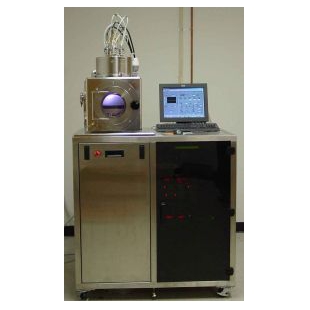
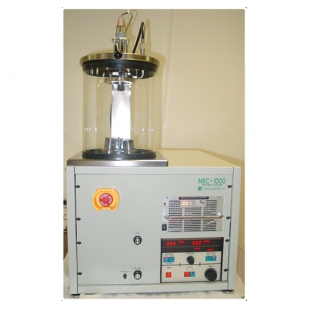

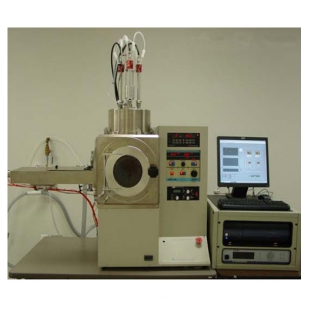
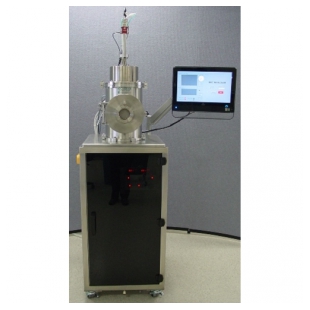
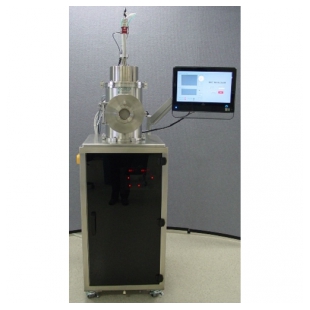
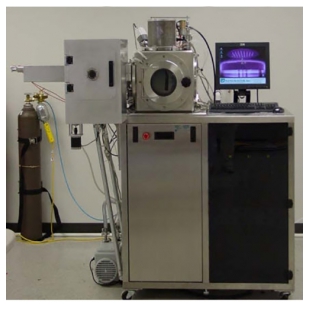


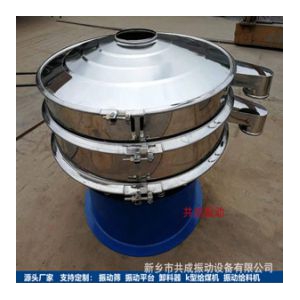

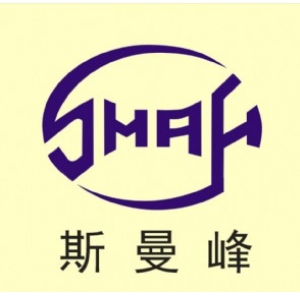


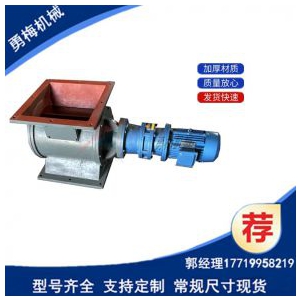





參與評論
登錄后參與評論